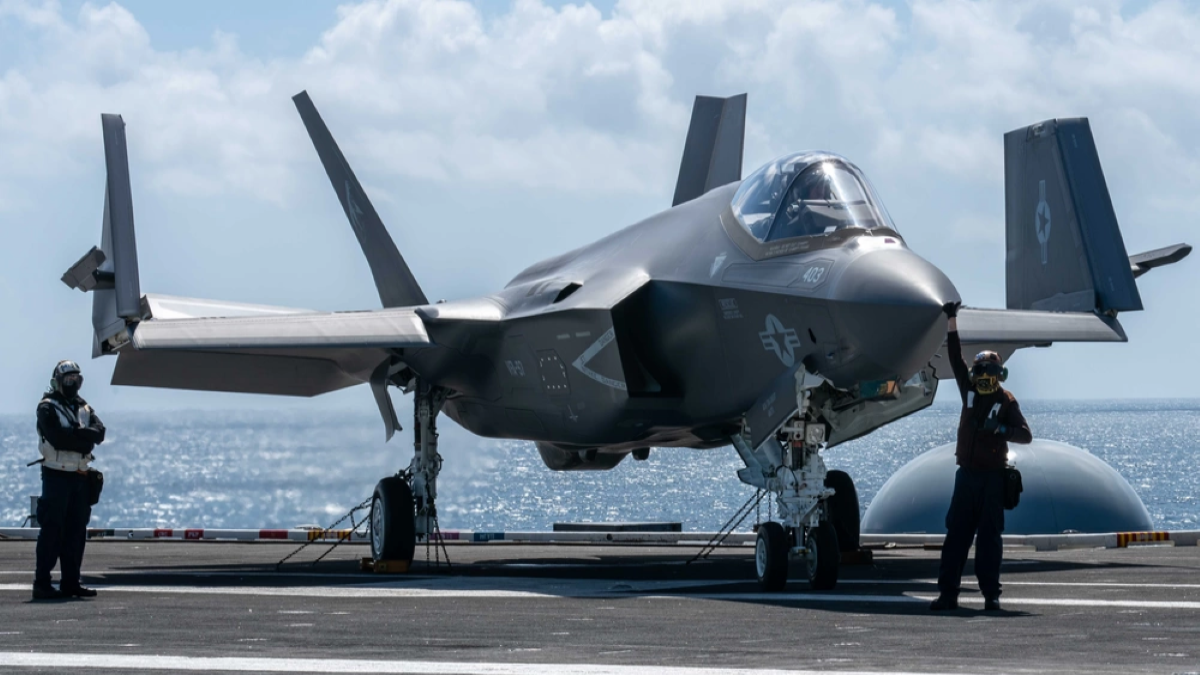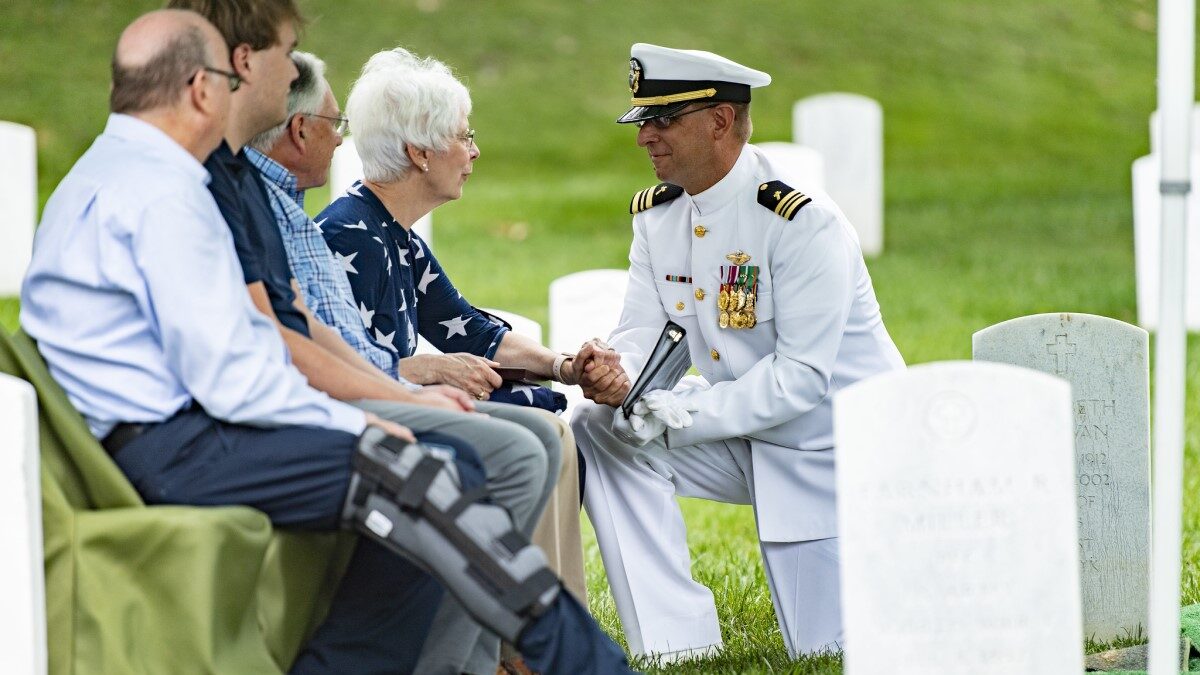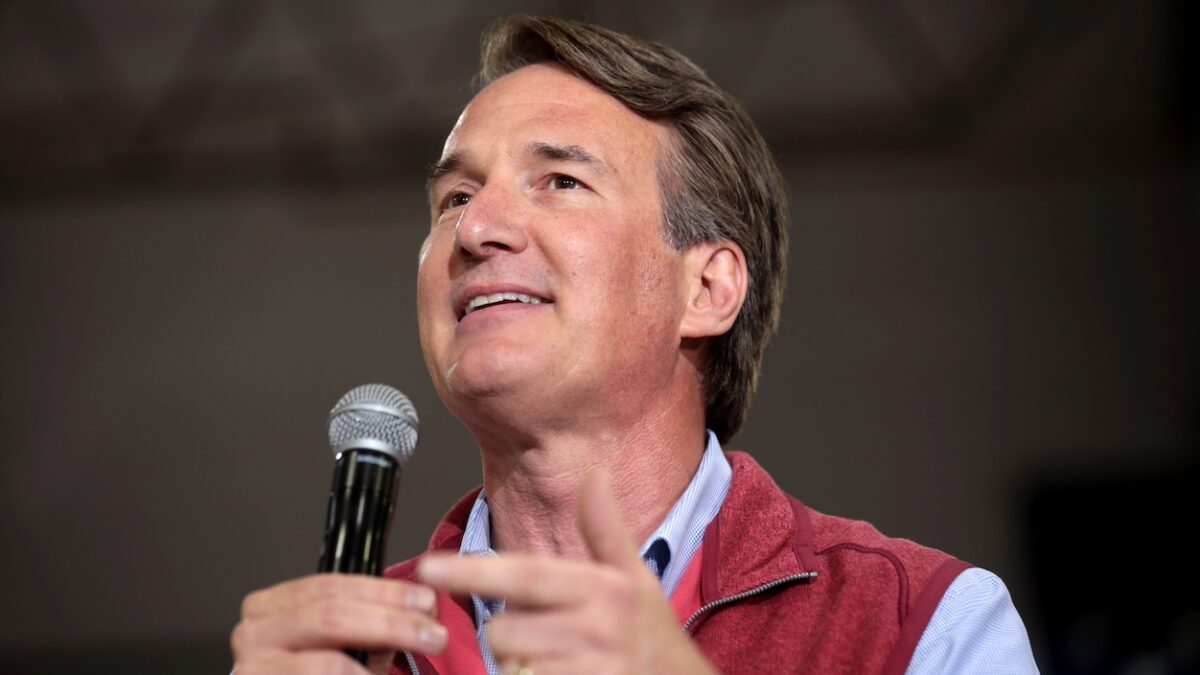
A version of this article originally appeared in the Southern Baptist TEXAN and was posted on Baptist Press.
SAN ANTONIO — As an Air Force pararescueman in Vietnam, Doug Brinson often faced death to save downed pilots, including a treacherous three-week stretch of missions in 1972 that shaped his life in ways he will never forget.
“I probably aged a few years in those three weeks,” Brinson said.
Brinson’s parents urged him to follow his brother by enlisting in the Air Force, thinking it the safest branch of the military. The southern Louisiana native found himself drawn to dangerous USAF pararescue.
Brinson’s training as a pararescueman, or PJ, was rigorous, involving Navy scuba school, Army jump school, Army Ranger mountain school, Army medical training, and other survival schools. “A PJ is supposed to be able to rescue a pilot down anywhere,” Brinson said, adding that even today, most “wash out” of the tough training. His class consisted of 12 men, 10 of whom deployed to Vietnam.
Brinson arrived in Southeast Asia in the “last really hot year of the war,” when the ground war was winding down in favor of air power. The North Vietnamese seized the offensive, threatening South Vietnam. PJs stayed busy rescuing downed pilots, treacherous work accomplished with helicopters because of dense jungles.
Rescuing Bat 21
In late March 1972, two of Brinson’s roommates, ages 19 and 20, were shot down in Cambodia on a rescue mission. Brinson’s chopper was first on the scene to discover the wreckage. There were no survivors. A week later, on April 6, Brinson boarded the third of four helicopters sent to retrieve navigator and intelligence officer Iceal Hambleton, call sign “Bat 21,” shot down in North Vietnam and surrounded by 30,000 enemy troops.
“The brass did not want him captured,” Brinson said. Hambleton knew too much to fall into enemy hands.
Brinson’s chopper neared Hambleton to find the first rescue helicopter down with no survivors. Two more of Brinson’s buddies were dead. Hambleton’s rescue became the subject of books and a 1988 movie. The North Vietnamese eavesdropped on radio communications between headquarters and Hambleton, spoiling rescue efforts until an ingenious plan was hatched.
Headquarters started relaying instructions to Hambleton, an avid golfer, by suggesting familiar golf holes. Bat 21 covered terrain as if he were playing “Hole 9, Clark AFB in the Philippines,” then awaited coded instructions for the next destination as handlers gave him another golf hole to “play.” Eventually Hambleton reached a river and was rescued by U.S. Navy SEAL and South Vietnamese special operations personnel disguised as fishermen.
Eleven men—among them, Brinson’s friends—died in the operation to save Bat 21. A week later came Brinson’s chance to effect a harrowing rescue of a Marine pilot, call sign “Bengal 505,” downed in Laos, a mission chronicled in print and an hour-long History Channel program.
The Day Brinson Won a Purple Heart
Efforts to reach Bengal 505 were hampered by anti-aircraft artillery fire. “The fourth day we dropped a whole bunch of bombs around him to get the enemy to duck,” Brinson said. “Then we scooted in there with the chopper to get the guy.” Brinson’s crew lowered the harness directly atop the pilot, for whom covering even 10 feet of jungle could take 10 minutes.
As Brinson’s helicopter hovered over Bengal 505, a gun battle raged. Brinson, the door gunner, was wounded early in the fight. An audio recording of the mission exists, one of the few surviving the war. Brinson said he often hears his mission replayed as an audio backdrop to video clips on Vietnam.
“I’m hit, but no sweat,” Brinson informs the pilot. Five seconds of silence ensue as the pilot decides whether to abort the mission.
“Can you still shoot?” the pilot asks Brinson.
“I can still shoot. He just got me in the knee,” Brinson replies.
The Marine was hoisted into the chopper where he buckled in, thinking himself safe, only to glance at the wounded Brinson returning fire and wonder if he might still die, Brinson said. The two were hospitalized together.
The mission earned Brinson a Purple Heart, one of his dozen medals including a Silver Star, two Distinguished Flying Crosses, and eight air medals. His pararescue unit garnered four Silver Stars, 27 Distinguished Flying Crosses, two Purple Hearts, and 67 air medals.
“Our number got called a lot,” Brinson admitted, tearing up. “It was a one-year blip in my life, but it is so significant,” he added. “A whole bunch of negative excitement occurred.”
War Changed His Priorities
The war experience changed his priorities. “You can’t get upset over a close basketball game after that. I lived through it, and I came out with both arms and legs. Some guys didn’t.”
Brinson said he has suffered from depression two or three times since the war, the result of post-traumatic stress disorder, according to Veterans Affairs doctors. “You get over there and see bullets flying, the reality washes over you,” he says. “I was just a nice kid from Louisiana. Violence to me was a hard tackle in football.”
“I’ve probably cried 10,000 times, then I’m all right,” Brinson said, explaining that killing, although unavoidable in war, was among the “hardest” things he did. Ironically, it was not his war experience but a stroke suffered in his early 30s that drew Brinson to Christ.
“The stroke was like a light bulb. I realized I needed to get stuff settled.” Raised in a Baptist home, he watched other kids make professions of faith. “It was a different ball game when I realized I was 10 minutes away from standing before God rather than 50 years. The gospel is for everybody, but you’ve got to mean it when you receive it. I came to the realization that I didn’t.”
From War Hero to Minister
Brinson said he became conscious of the reality of hell and committed his life to Christ as an adult. Eventually he sold his business and entered full-time ministry, serving churches in Mississippi and San Antonio. He currently serves as associate pastor of missions and care at Village Parkway Baptist Church in San Antonio.
Today he calls upon his military and health experiences to share his faith with young servicemen and women in a special program for military personnel. Once they realize he is a veteran pararescueman, they listen. Brinson also uses his background to relate to church members in a city full of veterans and active-duty personnel and surrounded by military institutions.
At his PJ unit’s reunion a decade ago in Denver, one of his buddies around the table asked, “Hey Doug, this religious stuff you do. What do y’all believe anyway?”
Given an opportunity he had prayed for, Brinson shared the gospel with the 10 other men. “They were listening,” he said. Doug’s life “is a good story of a war hero who turned that into being a great minister,” said Steve Branson, pastor of Village Parkway Baptist Church. Daughter Hillory called him a “hero” on Facebook.
“I feel so blessed to have served a country that calls itself ‘one nation under God,’” Brinson said. “I was proud to be a part of pararescue, whose motto is ‘This We Do That Others May Live.’ And I’m even prouder to be a part of the Lord’s church whose unwritten motto is, ‘This we do so that others may live forever.’”









